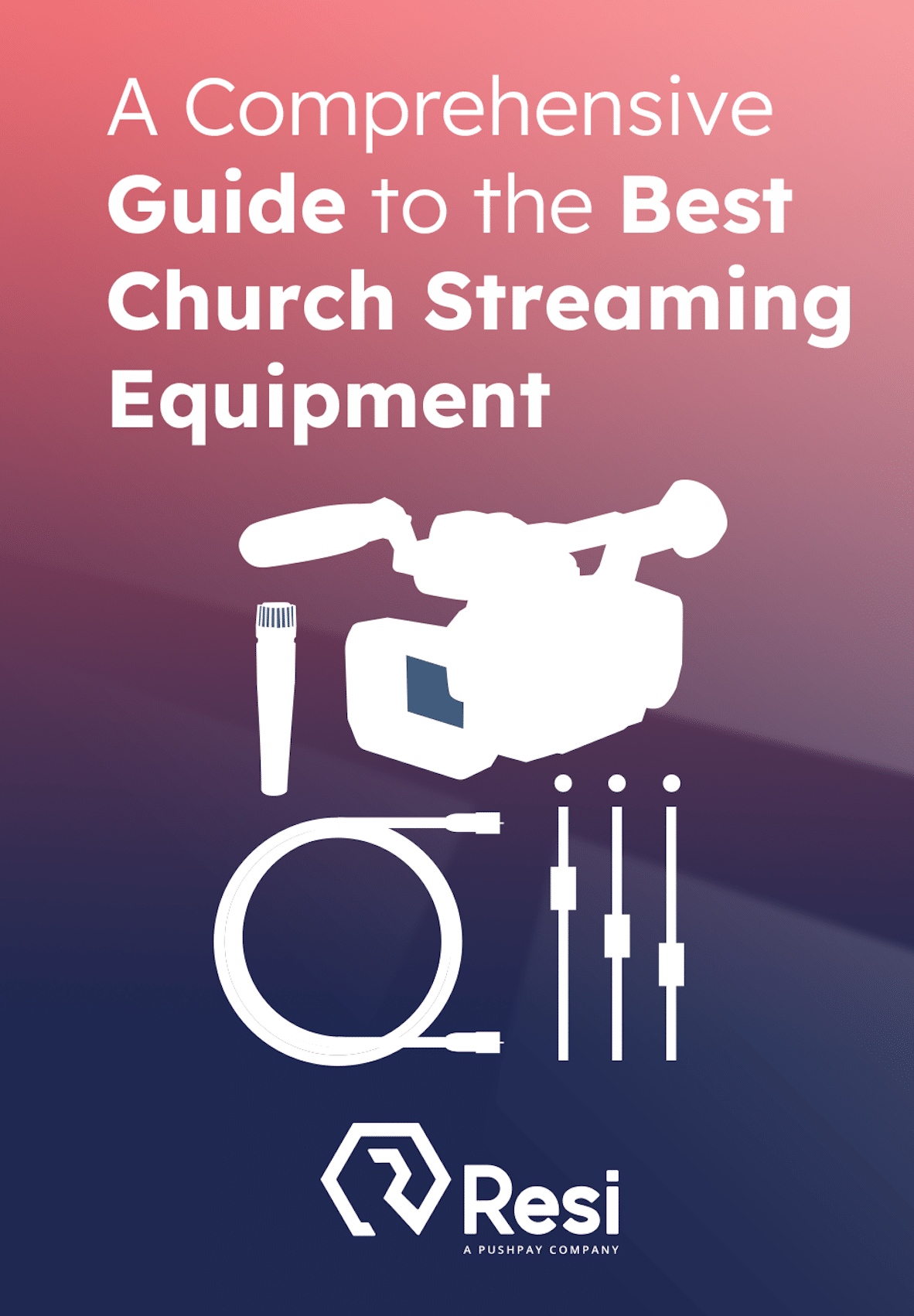
A video compressor is a software that reduces video file sizes by eliminating some data. An uncompressed file can be hundreds of gigabytes in size, which would be prohibitively expensive to store or transfer. That’s why compressing video is crucial for over-the-top (OTT) streaming or delivering video content directly to viewers using the Internet.
There are a number of video compression options that use different algorithms for choosing which data to eliminate. Compression algorithms that only remove redundant information like multiple identical frames without reducing the video quality are considered lossless. Meanwhile, lossy compression removes noticeable detail from the video file, which could lead to pixelation or other perceivable degradation.
A video codec— short for encoder and decoder—is the software necessary to both compress and decompress a video file. Codecs also convert raw video into a digital format that’s suitable for playback. Common video codec formats include H.264, H.265, AV1, and VP9. The codec that broadcasters choose will depend on their budget, compatibility requirements, whether they’re livestreaming, and many other factors.
Besides the compression algorithm or codec itself, the bitrate is an important factor in the file size and quality of a video. Bitrate refers to the amount of data stored for one second of video, which means that lower bitrates usually correspond to a lower quality. Many broadcasters choose to encode their video content at multiple bitrates, and modern video players can use adaptive bitrate streaming (ABR) to adjust the video quality in real-time.
When encoding a particular video file, there are two common techniques video compressors use. Constant bitrate streaming (CBR) uses the same bitrate throughout the entire encoding process, while variable bitrate streaming (VBR) adjusts the bitrate dynamically based on the contents of the video. While VBR encoding generally leads to better results, there are situations—such as live event streaming—where CBR may be necessary.
Once video files are compressed, they’re packaged into a video container format that includes the audio codec, video codec, closed captioning, and any other relevant metadata. The most popular container formats include WMV, MOV, and MP4. Broadcasters choose one or more container formats depending on which video players their audiences use.

Although video files may be encoded into one format, transcoding software can convert video files into another format as well. In fact, many broadcasters use cloud video transcoding to create multiple versions of a video with different formats, codecs, bitrates, resolutions, and more. This helps ensure compatibility and optimal playback on a wide range of devices around the world.
Resi offers multiple hardware encoders that are highly resilient. Every bit of video is stored during each step of the capture and transmit process, so broadcasters won’t lose any content even during network outages. Along with its hardware encoders, Resi also offers ProPresenter Stream, which is a software encoder that works with the broadcaster’s own hardware. Using Resi’s hardware or software encoders, broadcasters can have peace of mind that their videos will be delivered without any interruptions.







